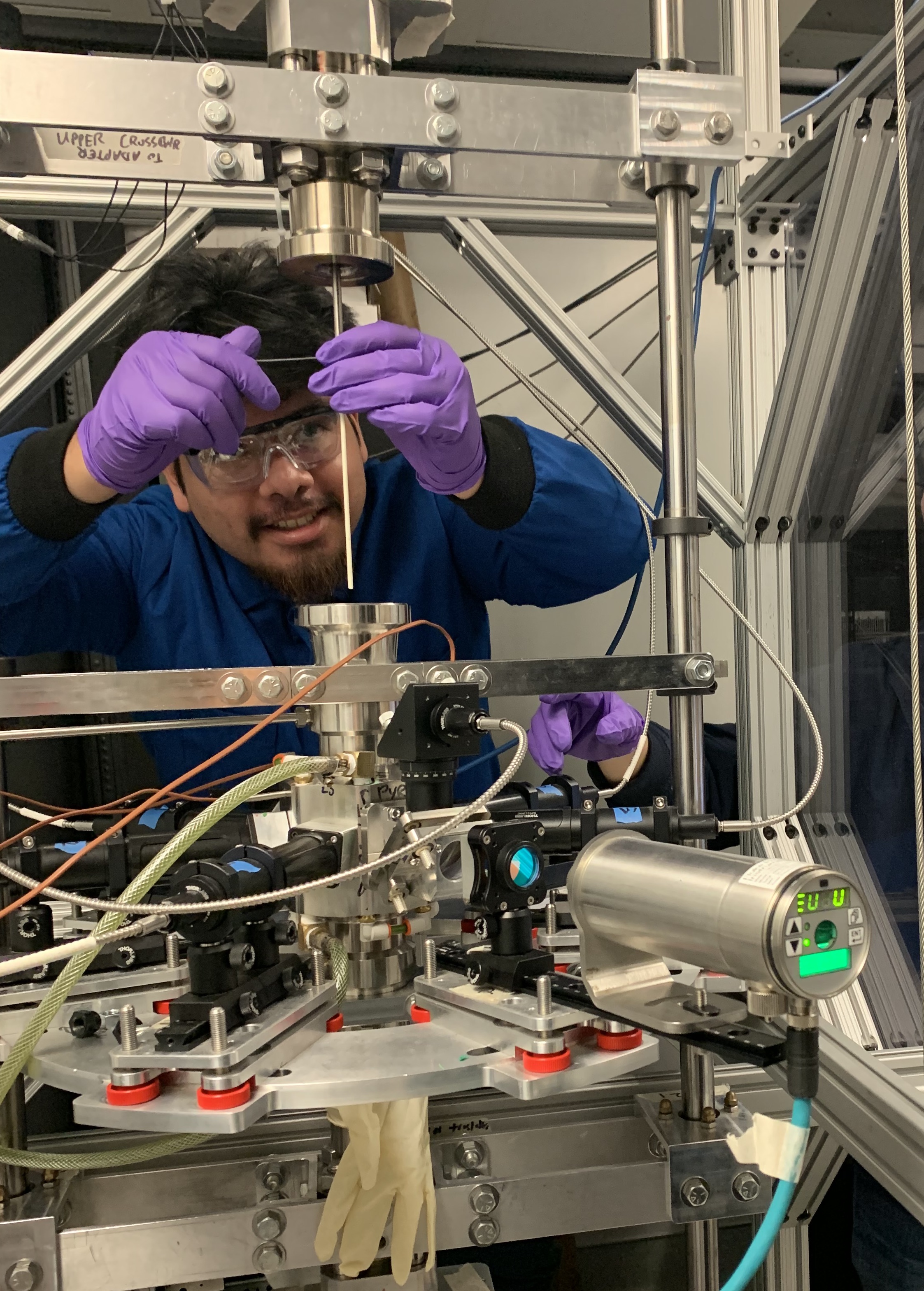
High-temperature superconductors - materials which conduct electricity with zero losses, and do so at temperatures above the boiling point of liquid nitrogen - have the ability to change the landscape of energy efficiency. Strontium iridate (Sr2IrO4) is a close relative of lanthanum cuprate (La2CuO4), a well-studied material which, given extra electronic carriers via doping, becomes a high-temperature superconductor. Sr2IrO4 has been predicted to behave similarly, though existing growth methods are not capable of achieving the doping levels needed to observe any potential superconductivity. Recently, our group has demonstrated the use of a novel laser-based, high-pressure floating zone furnace to successfully grow high-quality crystals of undoped Sr2IrO4 under high partial pressures of O2 and Ar. The primary aim of this study is to apply this method to grow crystals of Sr2IrO4 doped with La, as it allows us to access higher growth temperatures that should promote the solubility of La. Here we show that growth parameters such as input stoichiometry, laser power, total pressure, oxygen partial pressure, and growth/mixing speeds have a profound impact on the composition and microstructure of the resulting crystal. We utilize X-ray diffraction and scanning electron microscopy to correlate growth parameters to crystal quality... To confirm how the La content affects the magnetic and electronic properties, we present magnetometry and resistivity measurements which suggest that this growth technique allows for finer control over the doping level compared to previously reported results. These results demonstrate the advantage of the high-pressure floating zone technique in the pursuit of high quality quantum materials, and continued work may in fact break the solubility limit previously observed in La-doped Sr2IrO4 and potentially realize a new family of unconventional superconducting materials.